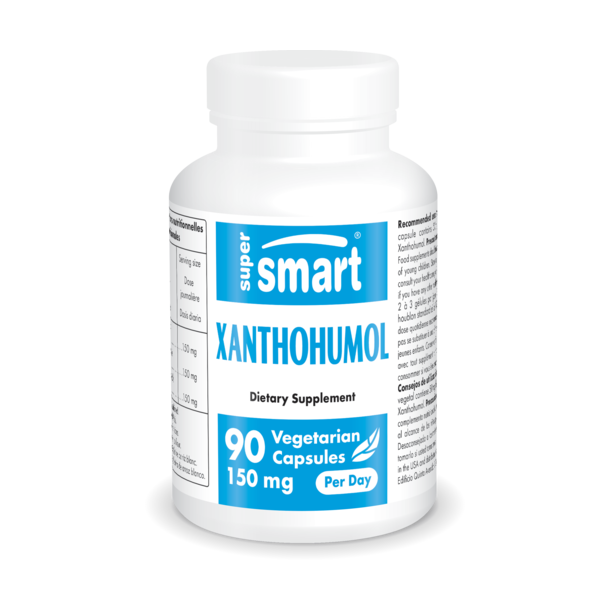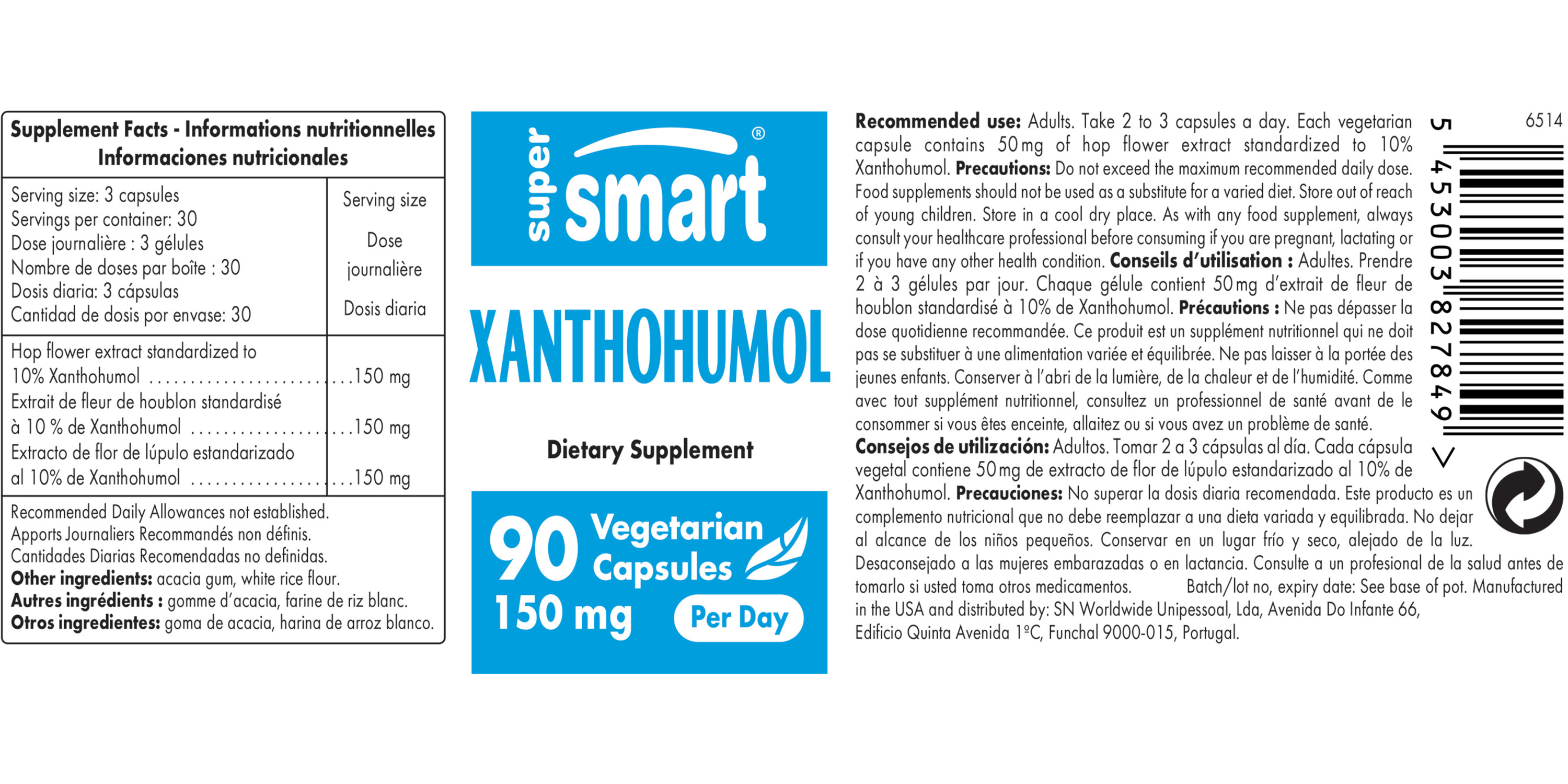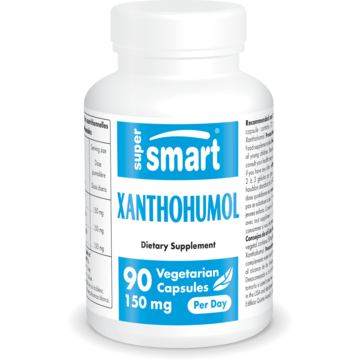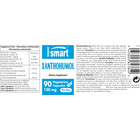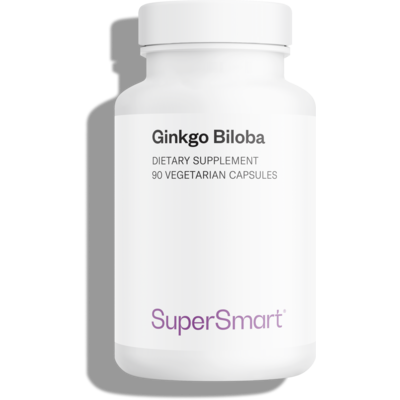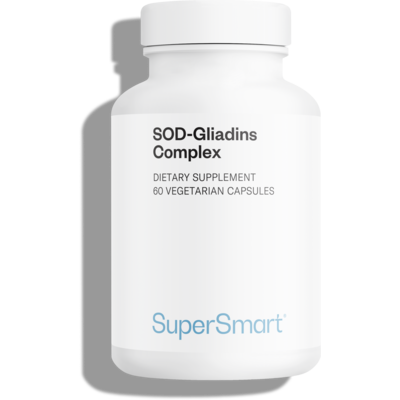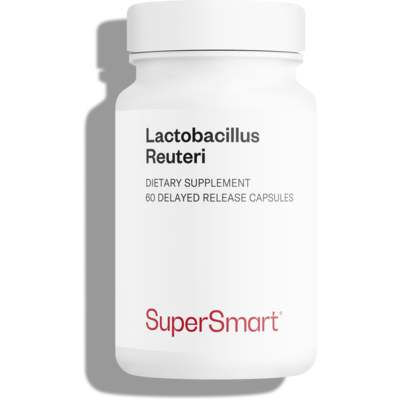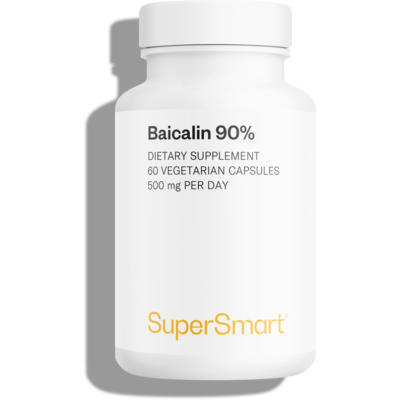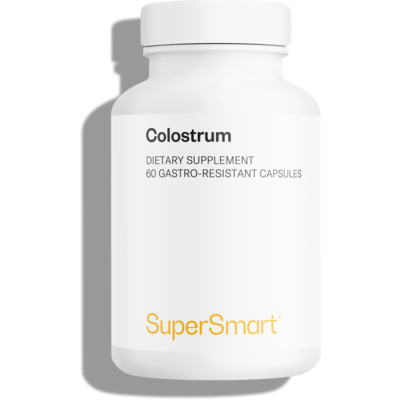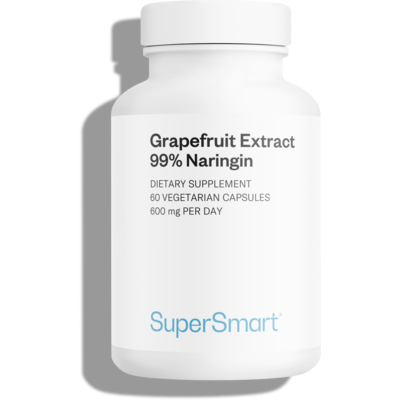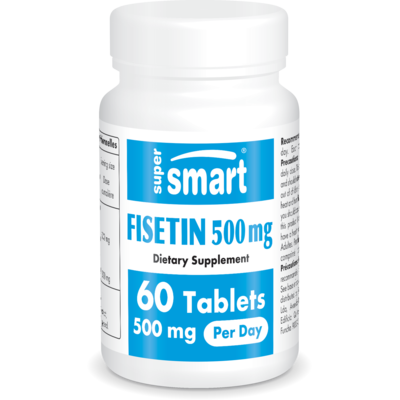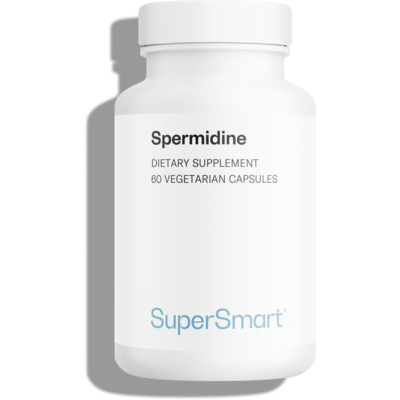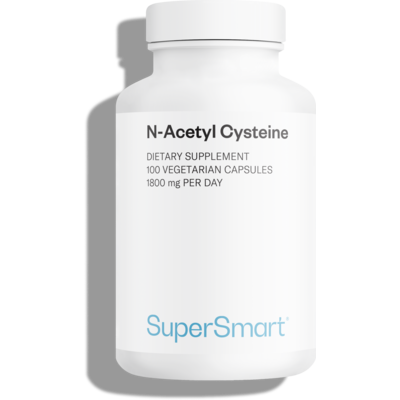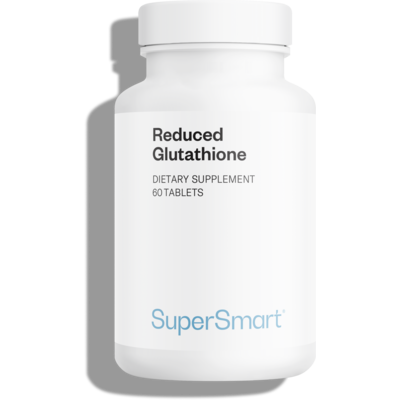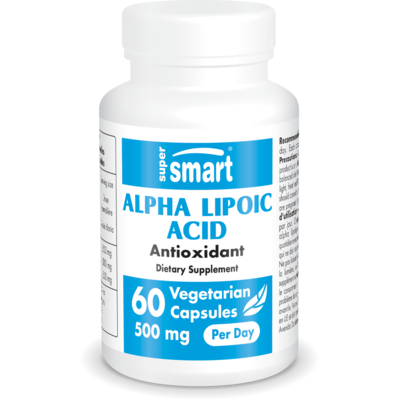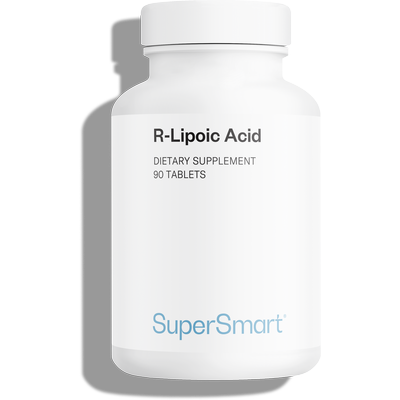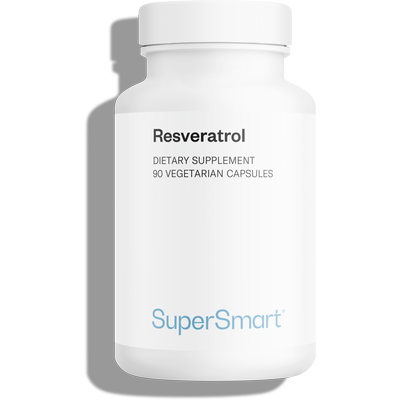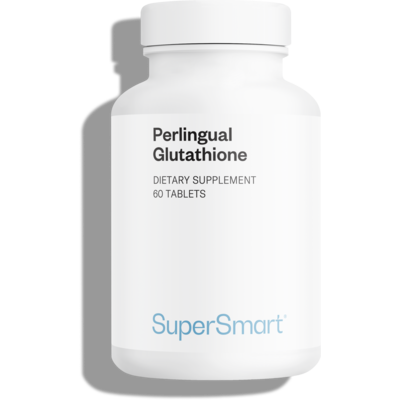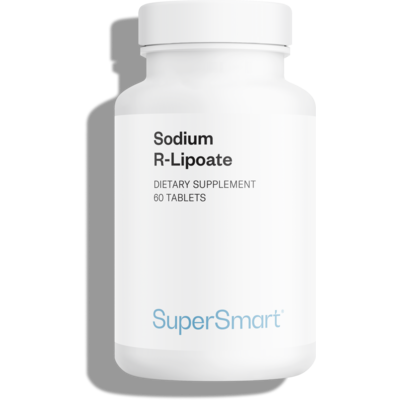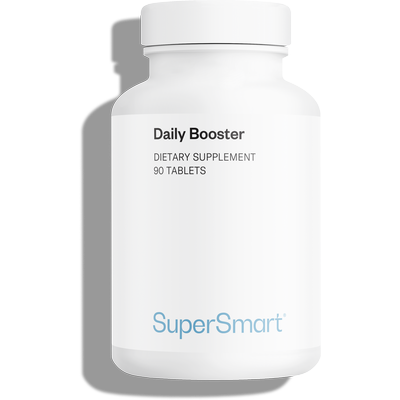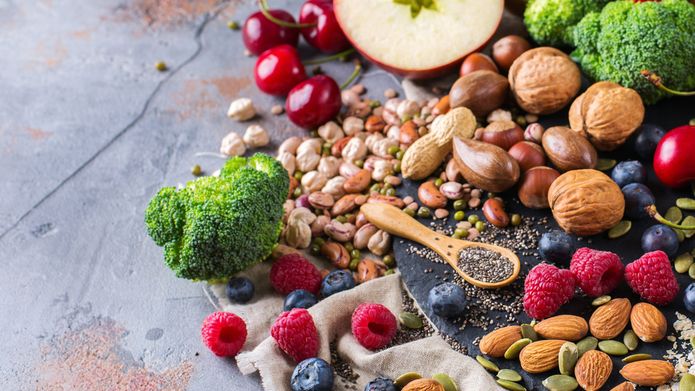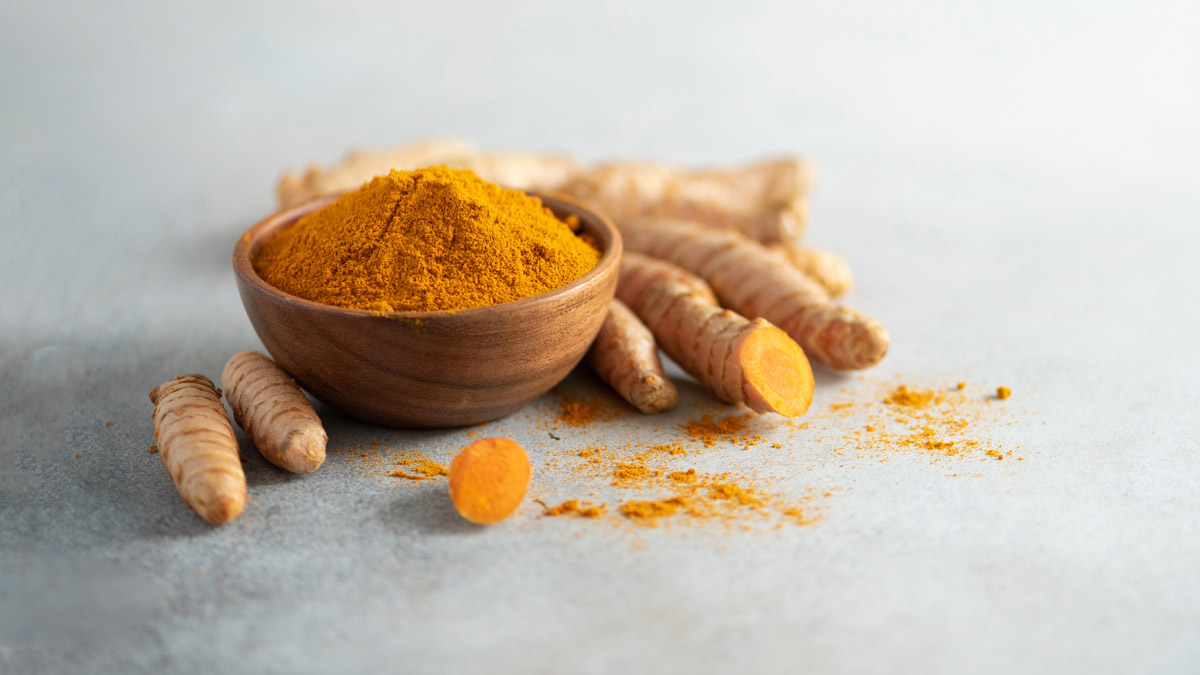Our Xanthohumol supplement appears to be an antioxidant compound extracted from hop flowers (Humulus lupulus).* Found in only trace amounts in beer, xanthohumol seems to have been studied for its potential to support oxidative stress response, relaxation, and natural hormone balance.*
Xanthohumol: A Potential Botanical Antioxidant?*
Hop flowers seem to be best known for their use in brewing, but they also contain naturally occurring polyphenols like xanthohumol.* Unlike resveratrol, which is found in red wine, xanthohumol is exclusive to hops and may offer potential enhanced antioxidant support at lower concentrations.*
Hildegarde de Bingen, a 12th-century Benedictine nun and herbalist, is often credited with the early use of hops in brewing.* Prior to this, monks typically relied on ingredients such as coriander, gentian, or sage to flavor and help preserve their brews, which were sometimes offered to pilgrims in monasteries.* Hops seem to quickly have stood out for their potential ability to enhance both flavor and shelf life, eventually becoming a mainstay in beer recipes.* Over time, this botanical appears to have gained recognition, not just for its possible brewing qualities, but also for its supposed richness in natural compounds like xanthohumol.*
A standardized hop flower supplement standardized in xanthohumol may offer a modern way to incorporate this botanical into a daily wellness routine.*
By delivering xanthohumol directly (without alcohol), this type of supplement may bridge ancient herbal traditions with contemporary wellness practices.*
Potential Benefits Offered by Xanthohumol*
Hop flower extract may help:*
- Support cellular and oxidative balance: xanthohumol and other phenolic compounds found in hop cones seem to be studied for their potential antioxidant properties.* Some preliminary research appears to suggest that they may help manage oxidative stress.* Their broad spectrum of actions may include support for natural detoxification pathways, cellular function, and oxidative balance.*
- Contribute to already healthy lipid metabolism: early findings seem to indicate that xanthohumol may play a role in maintaining balanced cholesterol profiles, potentially by supporting normal HDL levels.* Additional plant compounds from hops might also be studied for their potential role in preserving vascular integrity and already healthy heart function.*
- Promote relaxation and restful sleep: in traditional herbal use, hops may have long been associated with calm and rest.* Compounds in hop extract might help support circadian rhythm and relaxation, and could be paired with valerian in research for their potential synergistic effects on occasional sleeplessness and eventual agitation.*
- Support hormonal balance during menopause: hop flowers should contain 8-prenylnaringenin, a phytoestrogen that may interact with estrogen receptors in a selective way.* This botanical appears to have been studied for its potential to ease common signs of hormonal shifts, such as hot flashes, and may also support bone function as part of a wellness regimen.*
Other early studies might have suggested potential benefits for metabolic function, immune resilience, and natural vitality, but additional research is needed.*
Where Does Xanthohumol Come From?*
Xanthohumol is derived from the female flowers of the hop plant (Humulus lupulus), a perennial climbing plant traditionally used in brewing, to help improve the beer’s taste, aroma, bitterness, texture, and preservation.* While present in some artisanal beers, its concentration seems to be very low due to brewing heat conversion.* Supplements could allow for higher, standardized levels of xanthohumol – without alcohol.*
Possibly acknowledged for centuries in traditional European herbal practices, hops may have been used in botanical preparations for calm, endocrine support, and overall wellness.*
WARNINGS
Do not exceed the recommended daily dose. This product is a nutritional supplement and should not be used as a substitute for a varied and balanced diet or a healthy lifestyle.
STORAGE
Store in a cool, dry place away from direct sunlight, heat, and humidity.
Keep out of reach of children.
PREGNANCY AND MEDICAL CONDITIONS
If you are pregnant, breastfeeding, or have any medical conditions, consult your healthcare provider before using this product.
SUPPLEMENT INTERACTIONS
Consult your healthcare provider before use, especially if you are taking any medications or other supplements as there may be potential interactions.
*These statements have not been evaluated by the Food and Drug Administration. This product is not intended to diagnose, treat, cure, or prevent any disease.
Serving size: 3 capsules
Servings per container: 30 |
Amount per serving |
| Hop flower extract standardized to 10% xanthohumol
|
150 mg |
| Other ingredients: acacia gum, white rice flour.
|
Serving size: Take 3 capsules a day. Each vegetarian capsule contains 50 mg of hop flower extract standardized to 10% xanthohumol.
Servings per container: 30
Storage: Store away from direct light, heat, and humidity.
Cautions: For adults only. Do not exceed the recommended daily dose. Keep out of reach of children. Consult a healthcare provider before taking this supplement and if you are pregnant, breastfeeding, or having health concerns.*
This product is a dietary supplement and should not be used as a substitute for a varied, balanced diet and a healthy lifestyle.
- Ceh, B., Kac, M., Kosir, I.J., Abram, V., 2007. Relationships between xanthohumol and polyphenol content in hop leaves and hop cones with regard to water supply and cultivar. International Journal of Molecular Sciences 8, 989-1000.
- Magalhaes, P.J., Guido, L.F., Cruz, J.M., Barros, A.A., 2007. Analysis of xanthohumol and isoxanthohumol in different hop products …. Journal of Chromatography A 1150, 295-301.
- Stevens, J.F., Page, J.E., 2004. Xanthohumol and related prenylflavonoids from hops and beer: … ! Phytochemistry 65, 1317-1330.
- J Nutr Biochem. 2017 Sep;47:29-34. doi: 10.1016/j.jnutbio.2017.04.011. Epub 2017 Apr 22. Xanthohumol, a hop-derived prenylated flavonoid…. Hirata H, Uto-Kondo H, Ogura M, Ayaori M, Shiotani K, Ota A, Tsuchiya Y, Ikewaki K.
- Koetter, U., Schrader, E., Kaufeler, R., Brattstrom, A., 2007. A randomized, double blind, placebo-controlled, prospective clinical study to demonstrate clinical efficacy of a fixed valerian hops extract combination (Ze 91019) …. Phytotherapy Research 21, 847-851.
- Morin CM, Koetter U, et al. Valerian-hops …: a randomized placebo-controlled clinical trial. Sleep. 2005 Nov 1;28(11):1465-71.
- Milligan SR, Kalita JC, Pocock V, et al. The endocrine activities of 8-prenylnaringenin and related hop (Humulus lupulus L.) flavonoids.J Clin Endocrinol Metab 2000 Dec;85(12):4912-5.
- Milligan SR, Kalita JC, et al. Identification of a potent phytoestrogen in hops (Humulus lupulus L.) and beer.J Clin Endocrinol Metab 1999 Jun;84(6):2249-52.
- Bowe J, Li XF, et al. The hop phytoestrogen, 8-prenylnaringenin, … in skin temperature in an animal model of … . J Endocrinol. 2006 Nov;191(2):399-405.
- Nikolic D, Li Y, et al. Metabolism of 8-prenylnaringenin, a potent phytoestrogen from hops (Humulus lupulus), …. Drug Metab Dispos. 2004 Feb;32(2):272-9. Texte intégral : http://dmd.aspetjournals.org
- Heyerick A, Vervarcke S, et al. A first prospective, randomized, double-blind, placebo-controlled study on the use of a standardized hop extract to …. Maturitas. 2006 May 20;54(2):164-75.
- A randomized, double-blind, placebo-controlled, cross-over pilot study on the use of a standardized hop extract …. Erkkola R, Vervarcke S, et al. Phytomedicine. 2010 May;17(6):389-96.
- Haseleu, G., Intelmann, D., Hofmann, T., 2009. Structure determination and sensory evaluation of novel bitter compounds formed from beta-acids of hop (Humulus lupulus L.) upon wort boiling. Food Chemistry 116, 71-81.
- Callemien, D., Jerkovic, V., Rozenberg, R., Collin, S., 2005. Hop as an interesting source of resveratrol for brewers: Optimization of the extraction and quantitative study …. Journal of Agricultural and Food Chemistry 53, 424-429.
- Nagasako-Akazome, Y., Honma, D., Tagashira, M., Kanda, T., Yasue, M., Ohtake, Y., 2007. Safety evaluation of polyphenols extracted from hop bracts. … 45, 1383-1392.
- Larson, A.E., Yu, R.R.Y., Lee, O.A., Price, S., Haas, G.J., Johnson, E.A., 1996. … of hop extracts against … in media and in food. International Journal of Food Microbiology 33, 195-207
- Crozier, A., Jaganath, I.B., Clifford, M.N., 2009. Dietary phenolics: chemistry, bioavailability and effects on health. Natural Product Reports 26, 1001-1043.
- Hou, Z., Lambert, J.D., Chin, K.V., Yang, C.S., 2004. Effects of tea polyphenols on signal transduction pathways related. Mutation Research Fundamental and Molecular Mechanisms of Mutagenesis 555, 3-19.
- Makena, P.S., Chung, K.T., 2007. Effects of various plant polyphenols … 45, 1899- 1909.
- Soobrattee, M.A., Neergheen, V.S., Luximon-Ramma, A., Aruoma, O.I., Bahorun, T., 2005. Phenolics as potential … agents: Mechanism and actions. Mutation Research-Fundamental and Molecular Mechanisms of Mutagenesis 579, 200-213.
- Anhe, F.F., Roy, D., Pilon, G., Dudonne, S., Matamoros, S., Varin, T.V., Garofalo, C., Moine, Q., Desjardins, Y., Levy, E., Marette, A., 2015. A polyphenol-rich cranberry extract … in association with increased Akkermansia spp. population in the gut microbiota of mice. Gut 64, 872-883.
- Khanal, R., Howard, L.R., Prior, R.L., 2014. … phenolic acids in rats fed cranberry, blueberry, or black raspberry powder. Journal of Agricultural and Food Chemistry 62, 3987-3996

